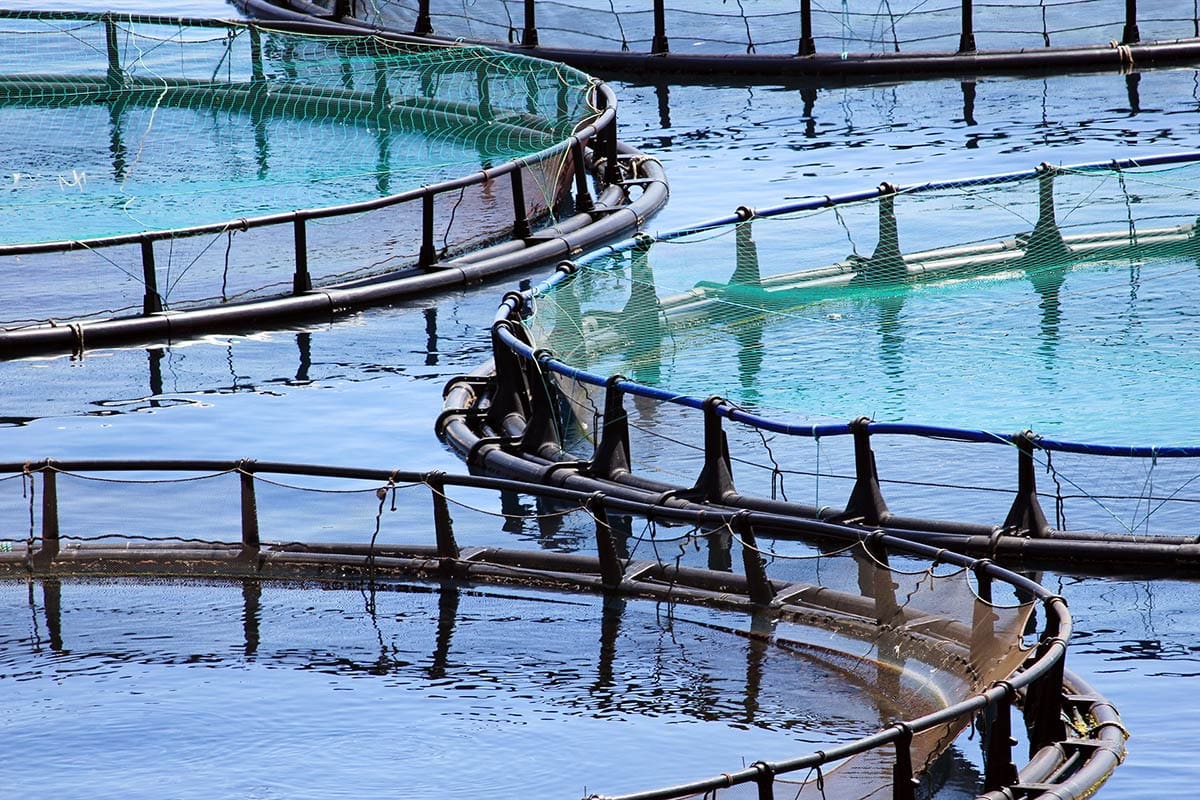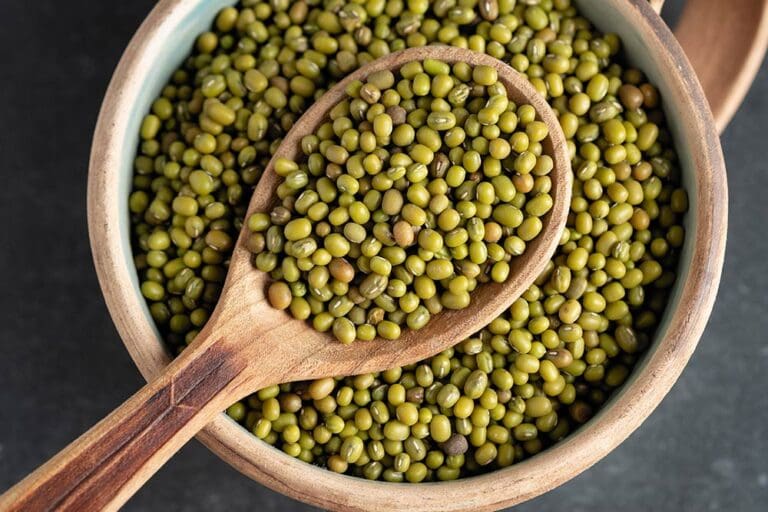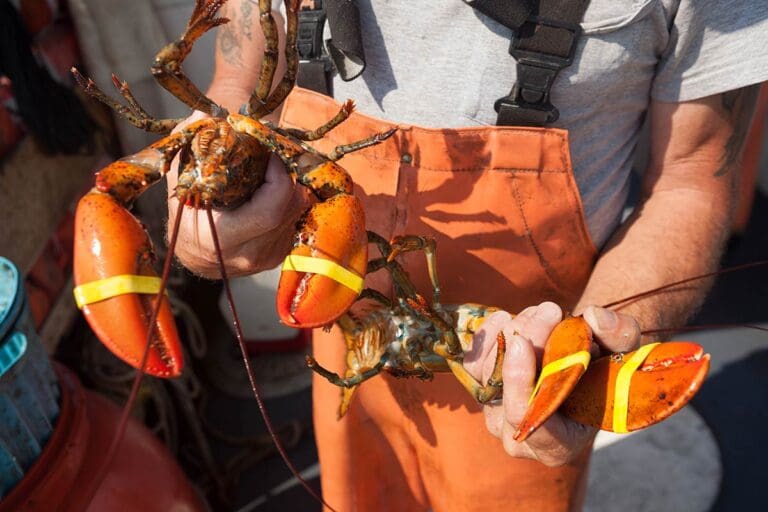According to the Food and Agriculture Organization of the United Nations (FAO), global anchovy catches totaled 6 million tonnes in 2019. Peru and Chile dominate worldwide production (74%), followed by Japan (15.49%) and Europe (9.91%). Below, we explore current trends—focusing on anchovy price decline—across the major fisheries in Peru, Argentina, and Europe.
Peruvian Anchovy (Engraulis ringens)
Price and Catch Trends
Throughout 2024, anchovy prices declined in Peru as fishmeal made from anchovies dropped by 14.6% year-on-year in December . This dip stemmed largely from the Peruvian government’s decision to reauthorize fishing activity after a 2023 suspension caused by Southern Oscillation (ENSO) conditions. With both the first and second fishing seasons in 2024 performing well, the total allowable catches (TAC) have been nearly fully utilized, according to The Institute of the Sea of Peru (IMARPE):
- First Season (2024): 98.2% of the 2,475,000-tonne TAC was landed.
- Second Season (2024): 75.2% of the 2,510,000-tonne TAC was recorded by December 25.
ENSO Forecast
Looking ahead, a weak La Niña event is predicted to develop between late 2024 and January 2025. La Niña often enhances environmental conditions for Peruvian anchovy, suggesting landing levels in 2025 could mirror 2024. This trend could sustain the anchovy price decline by maintaining strong supply levels.
Argentine Anchovy (Engraulis anchoita)
Landing Volumes and Price Movements
Recent data from Argentina’s Ministry of Agriculture, Livestock, and Fisheries indicates an 18.4% y-o-y decline in anchovy catch levels for November 2024. While this shortfall has mostly led to upward price trends in 2024, November saw a 3.82% m-o-m price dip for anchovy preserved in salt brine, yet still reflected a 21.21% q-o-q increase. The partial drop in landings suggests supply constraints that may impact prices going forward.
European Anchovy (Engraulis encrasicolus)
Regional Variations
Anchovy fisheries in Europe extent in the Mediterranean, Baltic, Black, and Azov Seas, with around 45% of Europe’s total anchovy capture coming from Russia. Russia’s Federal Agency for Fisheries reports 12,400 tonnes caught in the Azov-Black Sea region by December 16, 2024—500 tonnes more than the same period in 2023.
TAC Reductions and Market Implications
On the other hand, the EU reduced its European anchovy Total Allowable Catch (TAC) by 7% y-o-y in the Northwest Cantabrian fishing ground, affecting Spanish and French vessels. Despite Russia’s robust catches, these TAC cuts create uncertainty for 2025. This supply restriction in 2025 may influence the price of anchovy in the European markets.
Key Takeaways for 2025
- Peru: Strong landings bolstered by favorable La Niña conditions could maintain higher supply, furthering anchovy price decline or at least capping prices.
- Argentina: Recent reduction in landing level might keep Argentine anchovy prices high, though November saw a modest price drop.
- Europe: Reduced TAC in the EU may limit supply for Spanish and French fleets, potentially boosting prices in the European market.— Anchovy Price Divergence Across Regions
Overall, the global anchovy market remains dynamic, influenced by environmental conditions like ENSO, regulatory changes (like TAC adjustments), and shifting regional landings. For stakeholders tracking anchovy price decline, Peru presents the most significant bearish signal due to anticipated high catches, while Europe’s supply constraints could help maintain firmer prices there.
How Our Data Can Help
Our focused agricultural and protein data solutions offer real-time insights into harvest volumes, export trends, and pricing. Whether you source anchovies for fishmeal production or grocery retail, our coverage can assist you with:
- Strategic Sourcing: Identify optimal regions for procurement based on forecasted supply and price fluctuations.
- Market Intelligence: Stay informed of changing fishing quotas and environmental factors affecting anchovy availability.
- Risk Mitigation: Evaluate potential supply gaps or oversupply scenarios to enhance your operational resilience.



